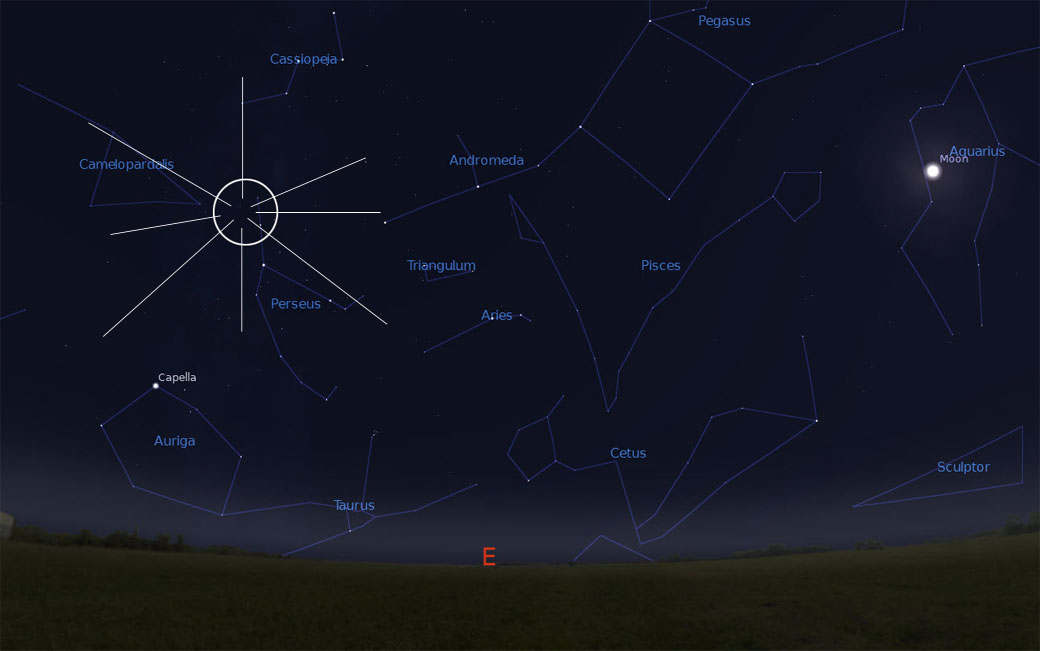EDMONTON – Astronomy buffs and amateur sky watchers alike will have their heads tilted to the heavens this week for the annual Perseids meteor shower, which happens every August and was already visible this past weekend across Alberta.

Every year, the Earth orbits the sun and passes through the wake of the comet Swift-Tuttle, causing debris to burn up as it enters our atmosphere – creating what is commonly known as a shooting star.
READ MORE: 5 tips for watching the Perseids meteor shower in Calgary
Sharon Morsink, an associate professor of physics with the University of Alberta, says that meteor sightings will increase from Monday night until mid-week, with the peak of activity expected to occur late Wednesday evening into Thursday morning.
“You should be able to see some meteors a few days before and after the peak. The best time is after midnight on any of these nights,” Morsink said.
Although the annual spectacle is not rare, the conditions under which we can watch it are.
“This year the Moon is very close to the New Phase,” Morsink said. “Which means that it is a very slender crescent, and won’t be up in the sky during the critical time of the night for observing meteors.”
The weather is also encouraging a meteor spotting as high pressure dominates mid-week – keeping the forecast mostly clear of clouds until late Thursday evening.
“This makes this year a great year to observe the meteors,” Morsink said.
So how best can you take in the favourable conditions? Morsink suggests first trying to escape the light pollution of the city.
READ MORE: 6 tips to watching the best meteor shower of the year
“Elk Island National Park is nice, especially on the shore of Astotin Lake. On Friday evening there will be a meteor viewing party at the Devonian Botanical Gardens.”
Heading out to a friend’s acreage or large, unlit field will also allow for the bare eye to take in the show.
You should be able to see the shooting stars in almost any part of the sky, Morsink said. They’ll look like they are coming from the constellation Perseus, which will be in the Eastern part of the sky, located near the “W” shaped constellation Cassiopeia.

While some Perseids watchers will come away with a starry memory as their prize, others are opting for a long exposure photo to dazzle online. You can share your photos with the Edmonton branch of the Royal Astronomical Society of Canada on Twitter, and with Global Edmonton on Facebook, Twitter, or via email at Edmonton@globalnews.ca.
- Ontario First Nation declares state of emergency amid skyrocketing benzene levels
- Singh mulls TikTok return as U.S. nears potential ban over security fears
- More financial institutes are offering crypto-services, survey shows
- Possible TikTok ban in U.S. looms after Biden signs bill, setting up legal fight





Comments